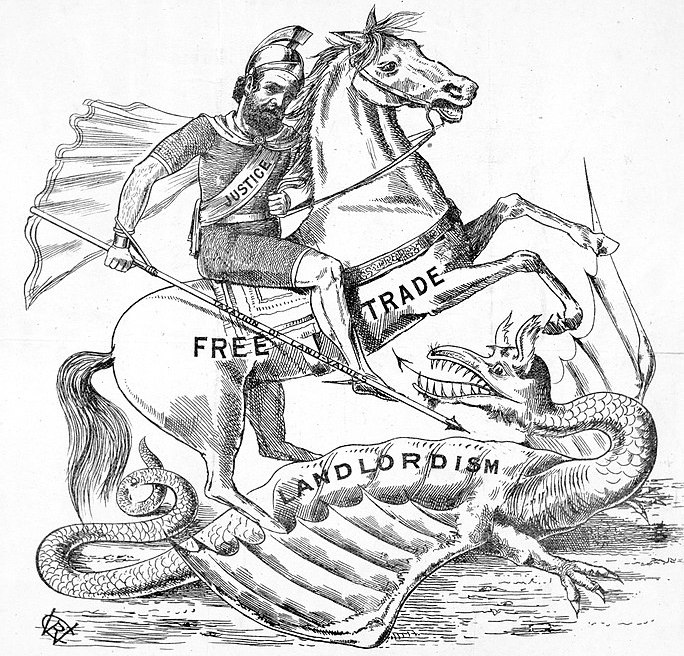
On March 29, the Libertarian Party of Kentucky issued a tweet that aroused considerable controversy (not least among partisan Libertarians themselves):
“Are the vaccine passports going to be yellow, shaped like a star, and sewn on our clothes?”
Kentucky governor Andy Beshear called the tweet “shameful” and implied it was “anti-Semitic.”
Rabbi Shlomo Litvin called the comparison “morally wrong,” but treated it, kindly, as part of a widespread habit of “using Holocaust comparisons to make literally any political point you want to make.”
Was the tweet over the top? Well, maybe.
Was the tweet anti-Semitic? Ask the Jewish protesters in Israel who equate that country’s vaccine passport scheme not only with the yellow Star of David badges forced on Jews by the Nazis, but with death camp prisoner tattoos.
Was the comparison valid? To at least some degree, yes.
Early on, the Nazis used a “public health” excuse for their targeting of Jews and the imposition of the patches. Jews, they said, spread typhus, and needed to be identified so that others could avoid them and stay healthy.
Yes, that supposed “public health” concern was completely false.
But the notion that COVID-19 represents a permanent, existential threat to humanity, that we can never return to “normal” again, and that those who choose not to get vaccinated represent a significant danger to those who choose to get vaccinated is completely false, too.
Novel viruses hit humankind hard occasionally, then recede as we learn to treat them and vaccinate for them, and as they weaken through mutation. No sane society completely remakes itself around them.
Supporters of vaccine passports tout them as a way to “allow” us to do things such as attend concerts and sporting events.
We’ve never needed health-based government permission to do those things before, and there’s no compelling argument that we should be required to seek such permission in the future.
Vaccine passports aren’t needed to “allow” things. They’re not designed to include, they’re designed to exclude. They’re designed to do something with a long history that includes, yes, the Holocaust: They’re designed to ghettoize (“put in or restrict to an isolated or segregated place, group, or situation”).
Absent government involvement, if a business doesn’t want to accept un-vaccinated customers (or any other kind of customers), that’s, well, their business. But they should shoulder the costs themselves instead of asking governments to create and impose uniform identification schemes for them.
A federal vaccine passport would create yet another government surveillance tool. It would also inevitably be used by local governments to legally exclude the un-vaccinated from particular types of businesses (such as nightclubs), particular expressions of public life (such as youth sports), and quite possibly entire zones of public commerce (such as large shopping centers), all in the name of “public health.”
And the scheme wouldn’t end with COVID-19. It would be continually repurposed and probably made permanent.
I’d like to see everyone choose to get vaccinated, but we should all be opposed to forcibly ghettoizing those who don’t.
Thomas L. Knapp (Twitter: @thomaslknapp) is director and senior news analyst at the William Lloyd Garrison Center for Libertarian Advocacy Journalism (thegarrisoncenter.org). He lives and works in north central Florida.
PUBLICATION/CITATION HISTORY
- “‘Vaccine Passports’ and the Holocaust: An Invalid Comparison?” by Thomas L. Knapp, Anchorage, Alaska Press, 04/09/21
- “‘Vaccine passports’ and the Holocaust: An invalid comparison?” by Thomas L. Knapp, Havasu City, Arizona News-Herald, 04/10/21
- “‘Vaccine Passports’ and the Holocaust: An Invalid Comparison?” by Thomas L. Knapp, OpEdNews, 04/10/21
- “Vaccine passports and the Holocaust,” by Thomas L. Knapp, The Royal Gazette [Bermuda], 04/12/21
- “‘Pasaportes de vacunas’ y el Holocausto: ¿Una comparación inválida?” by Thomas L. Knapp, La Tribuna Hispana USA, 04/14/21
- “‘Vaccine Passports’ and the Holocaust: An Invalid Comparison?” by Thomas L. Knapp, Ventura County, California Citizens Journal, 04/16/21
- “‘Vaccine Passports’ and the Holocaust: An Invalid Comparison?” by Thomas L. Knapp, Seoul, Republic of Korea Times, 04/21


